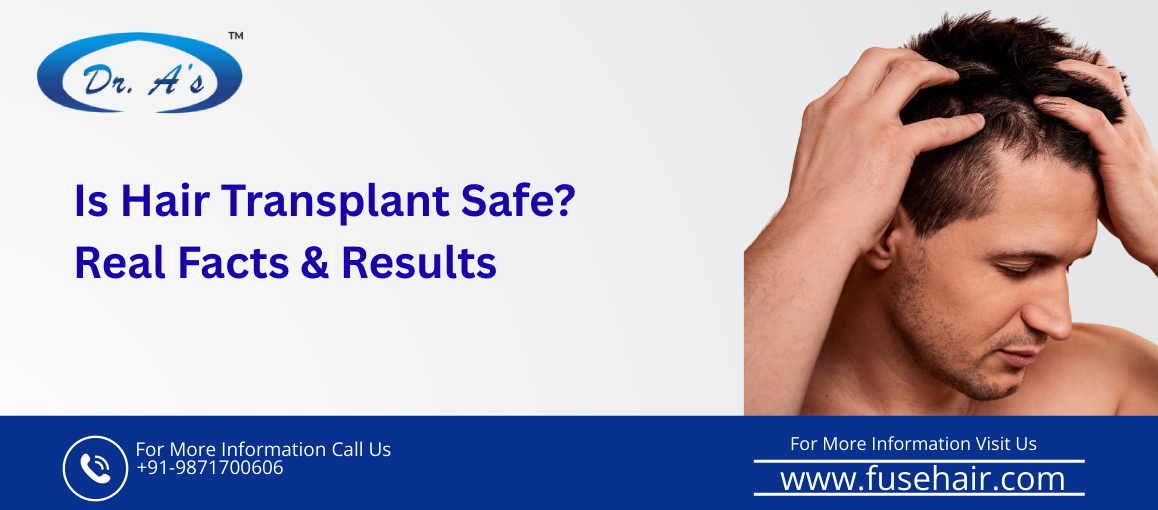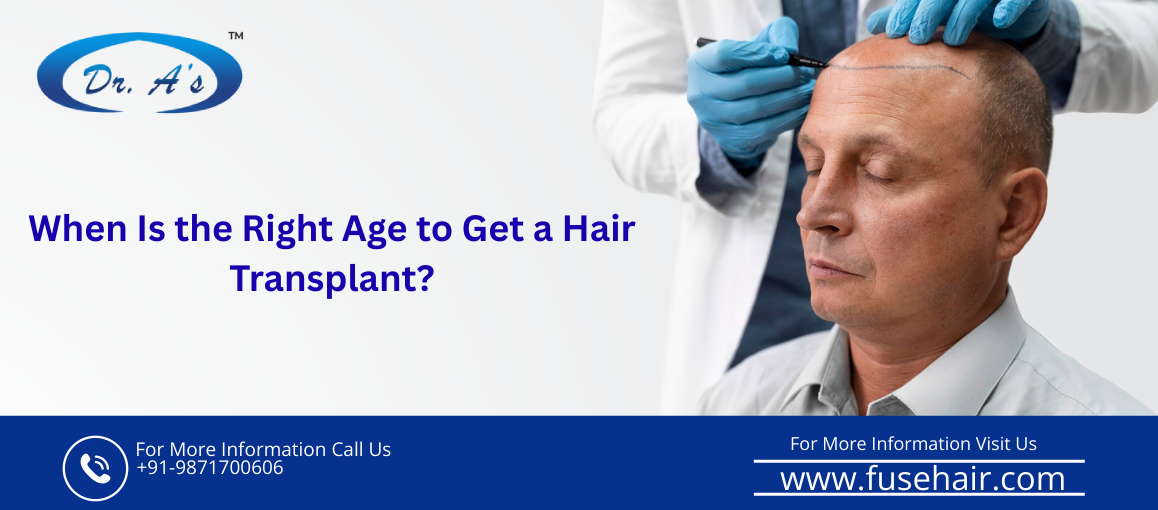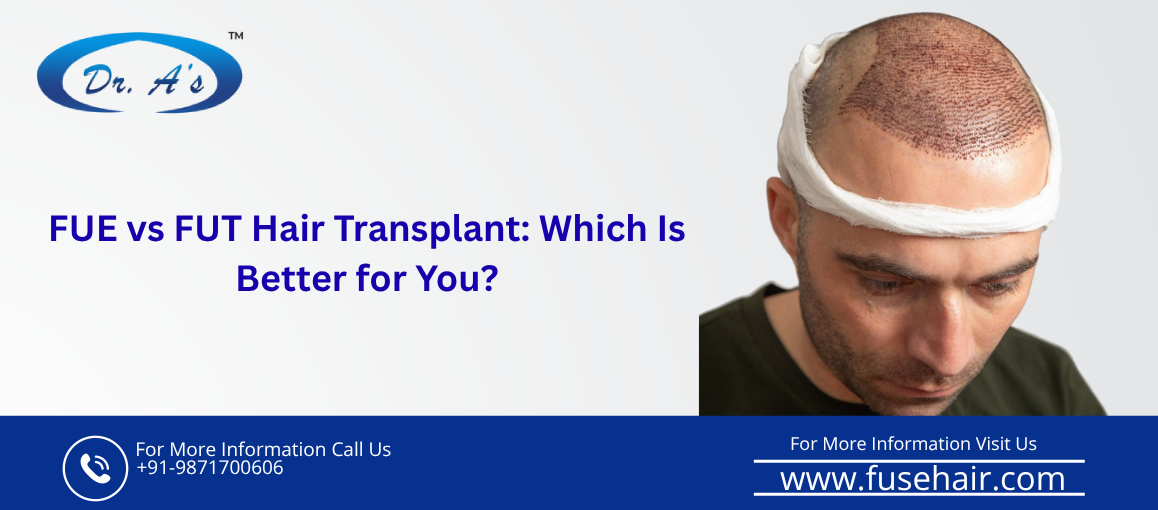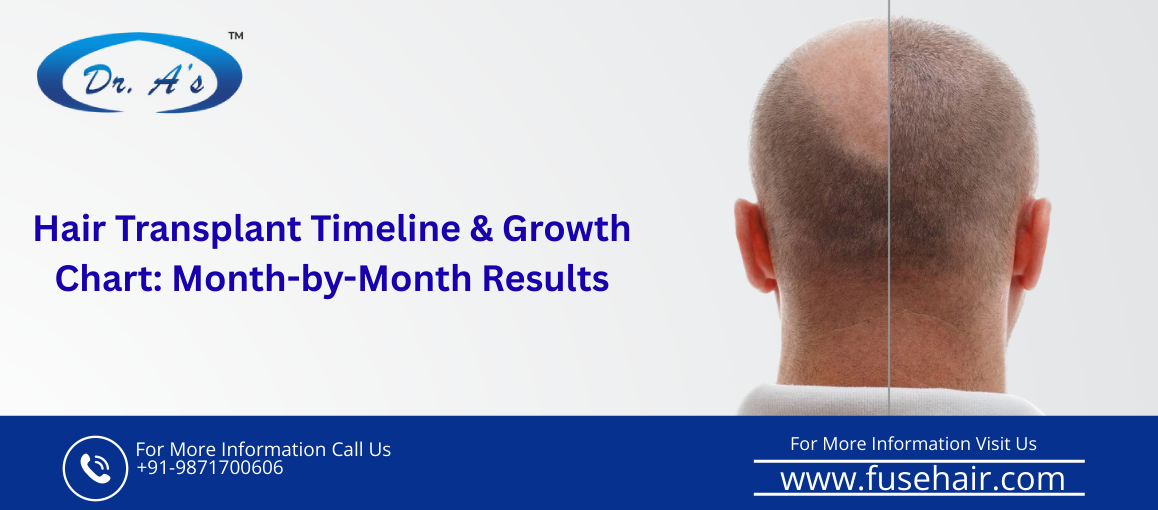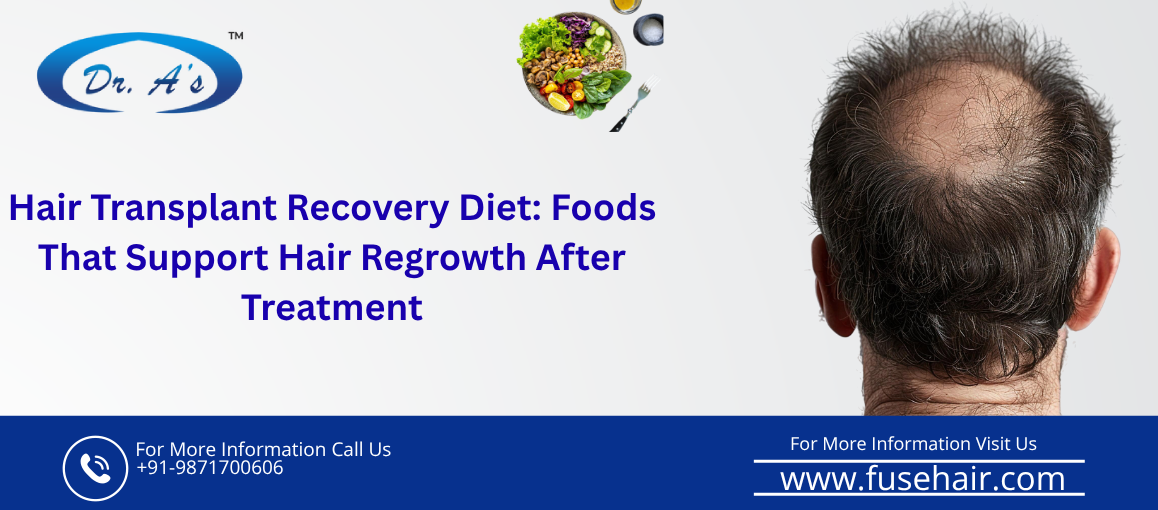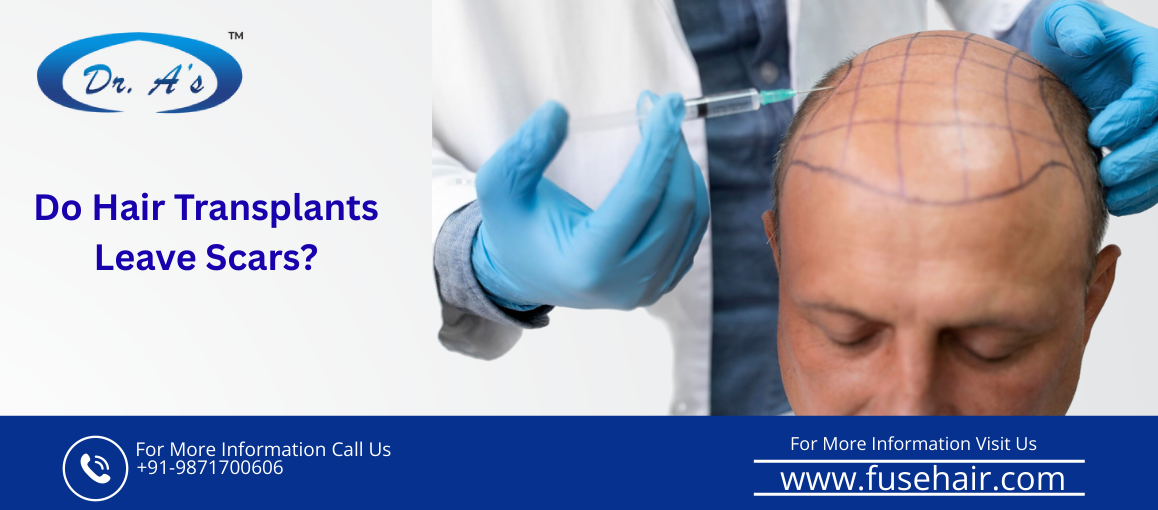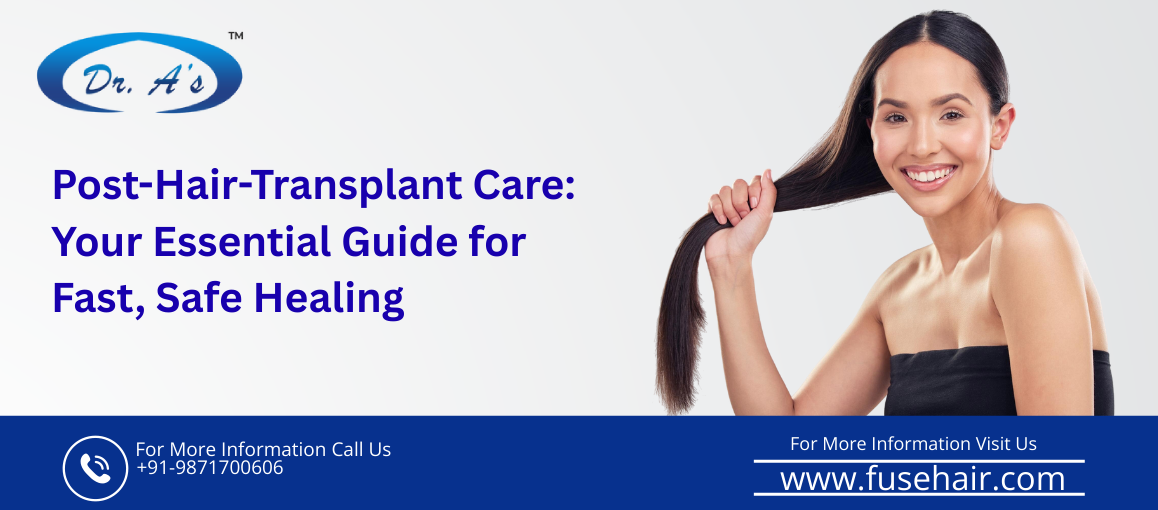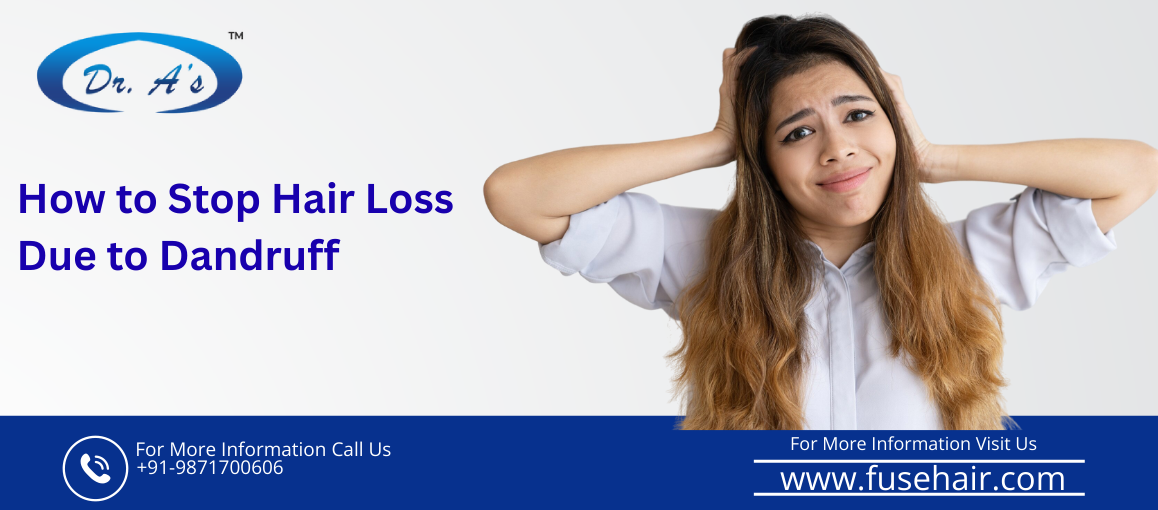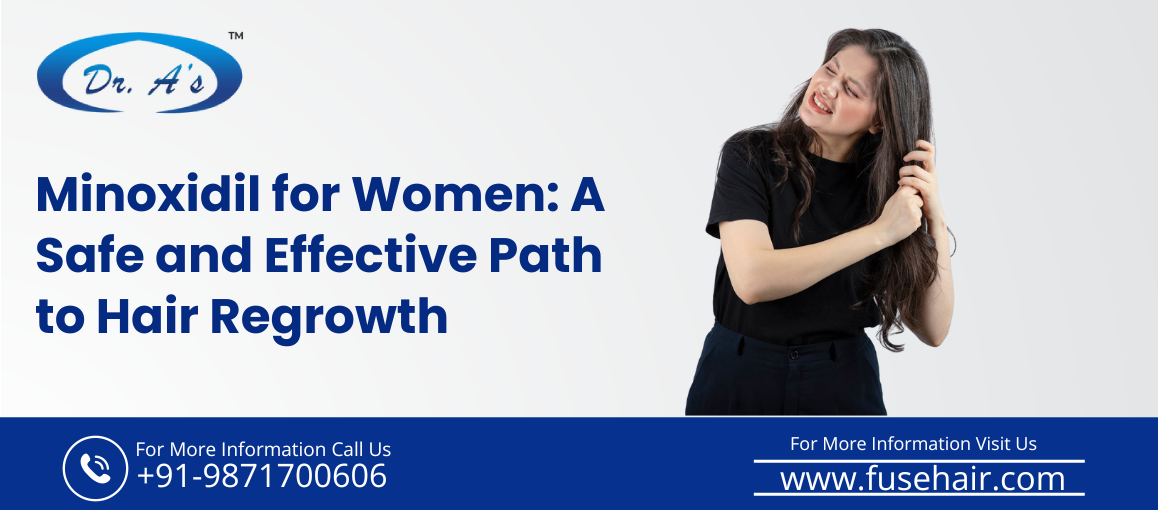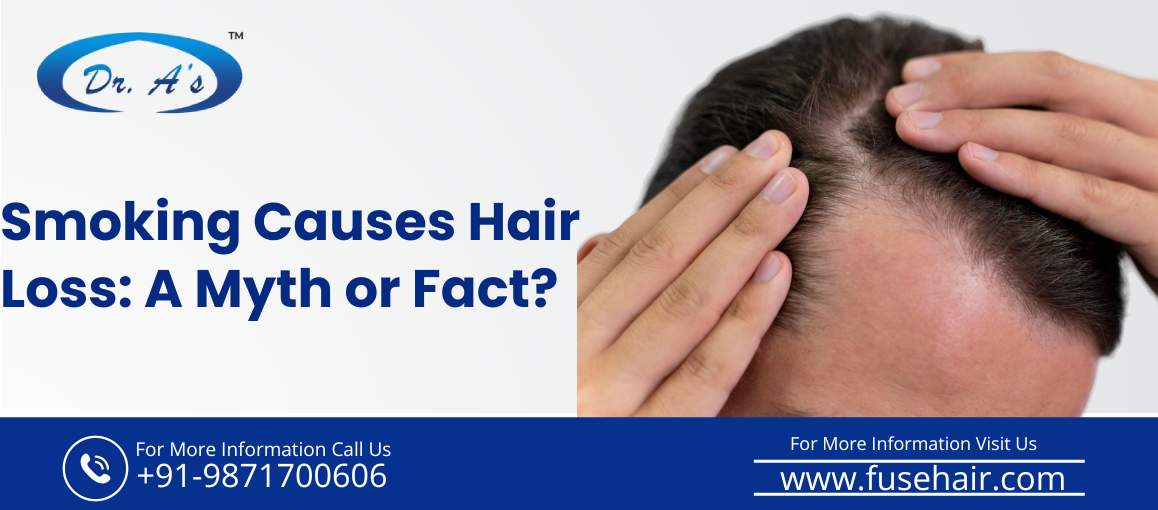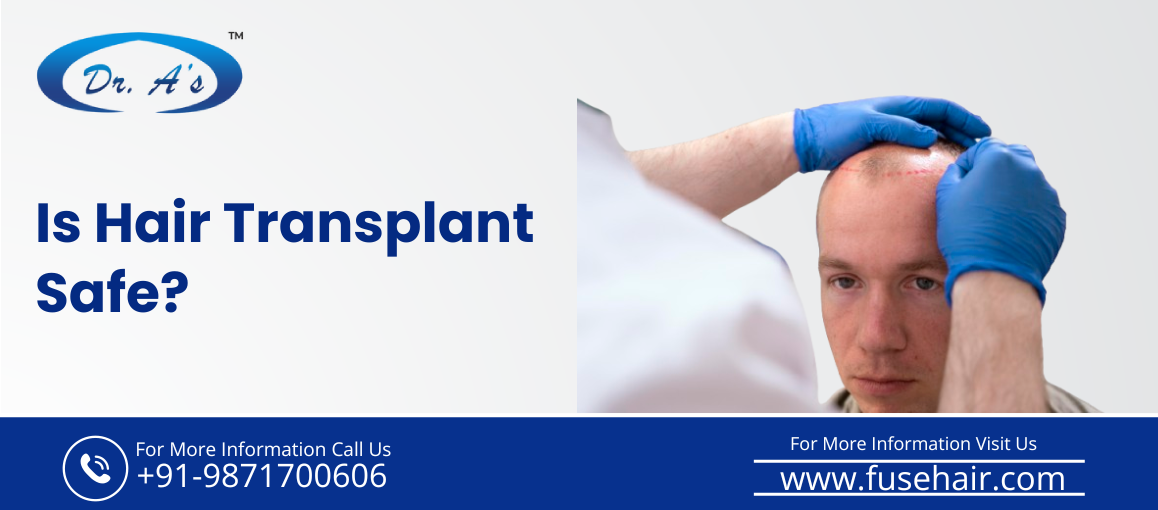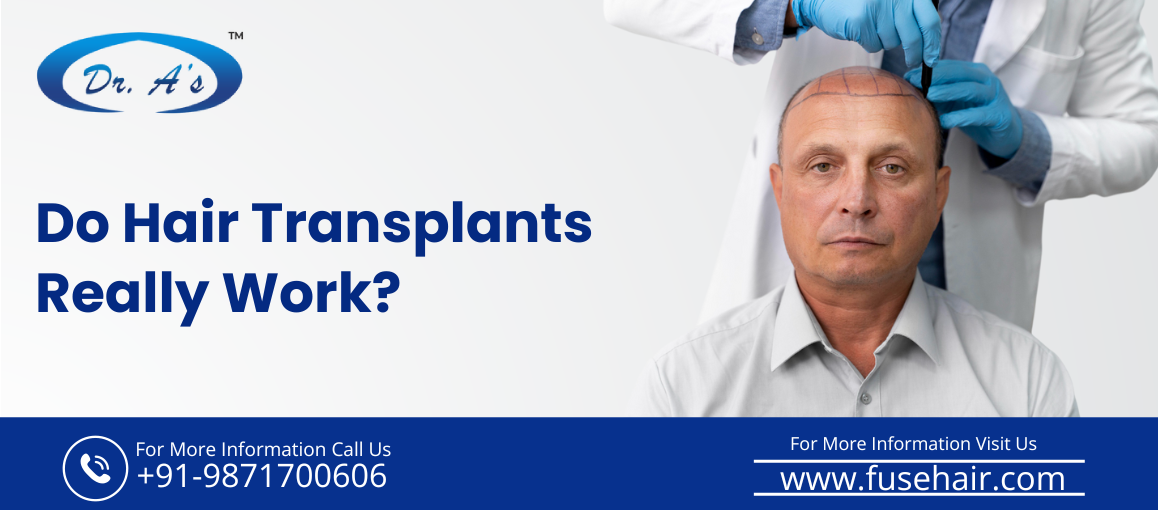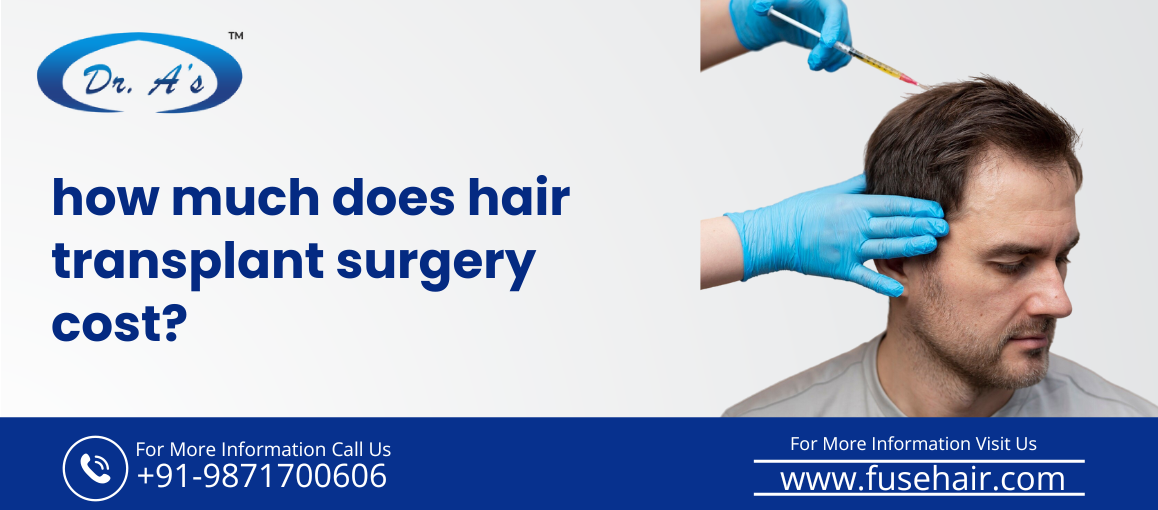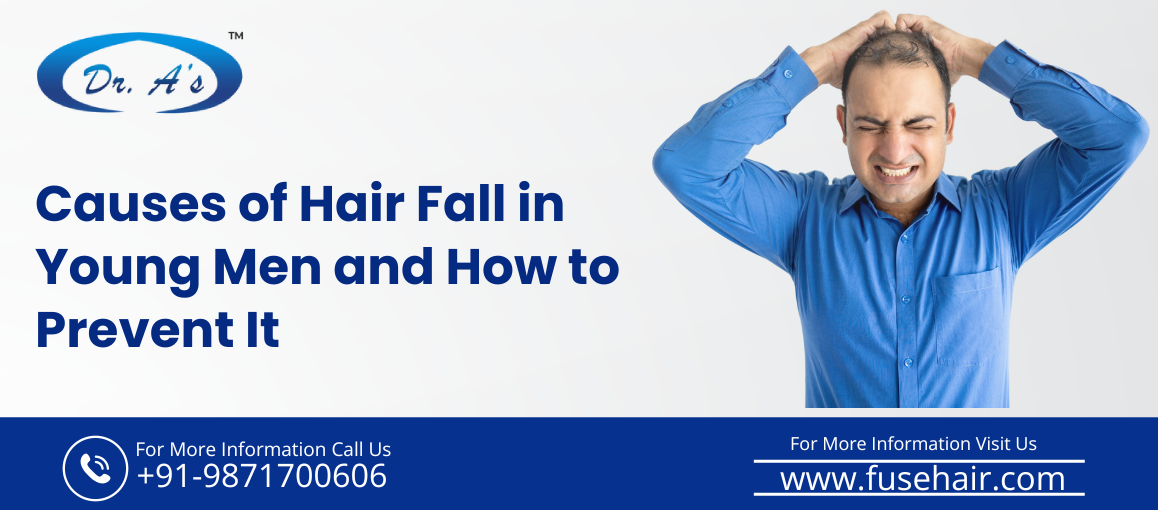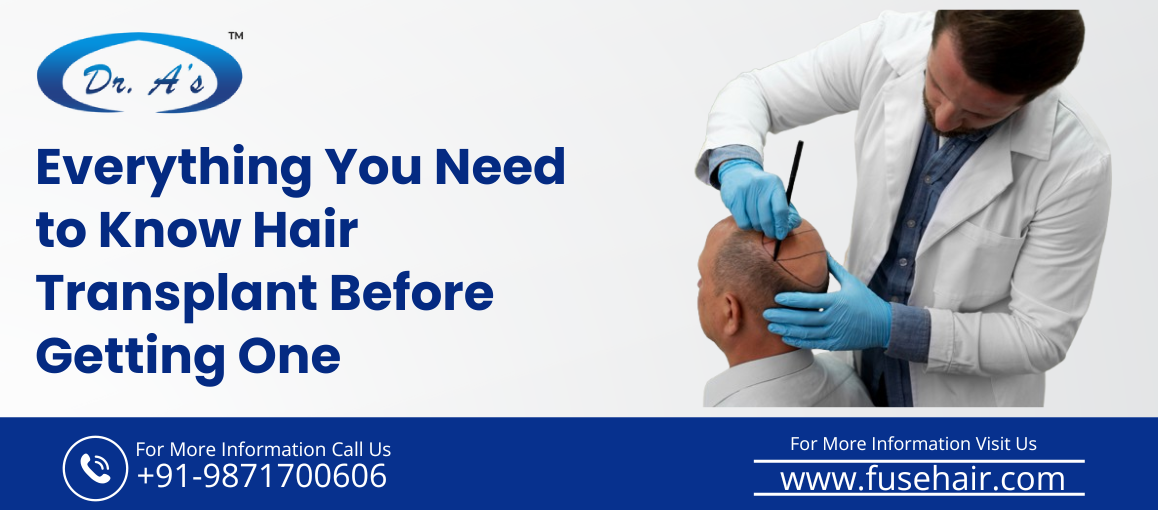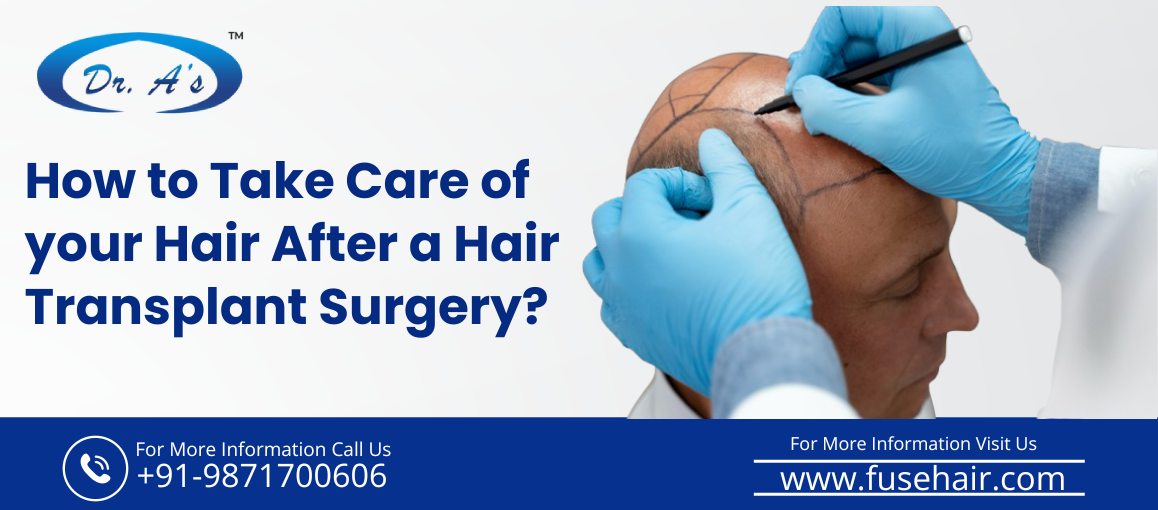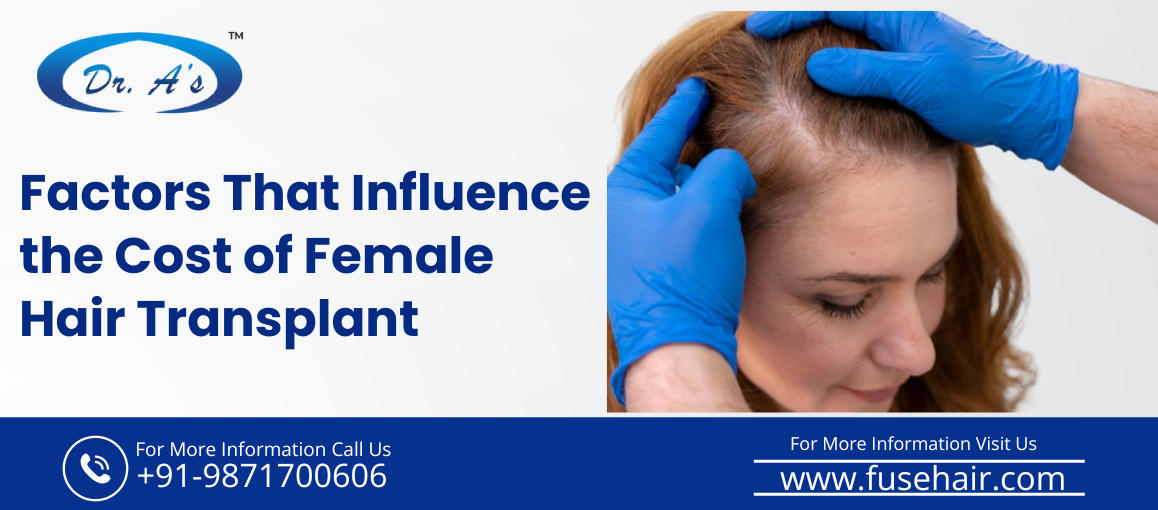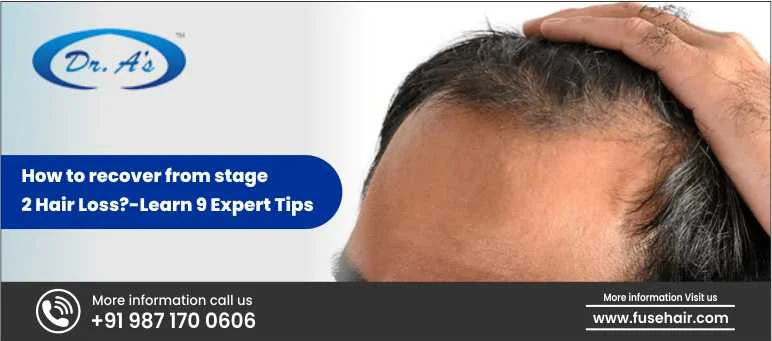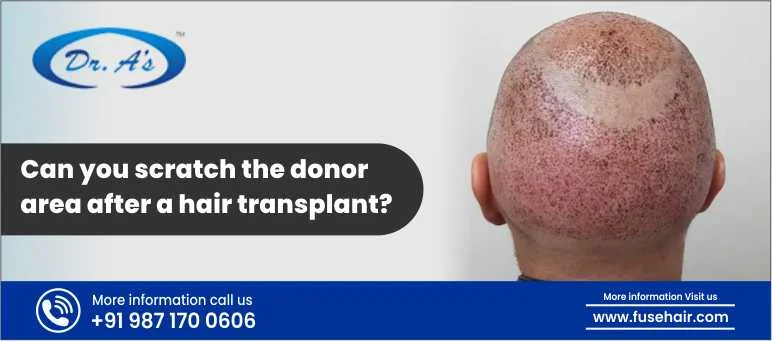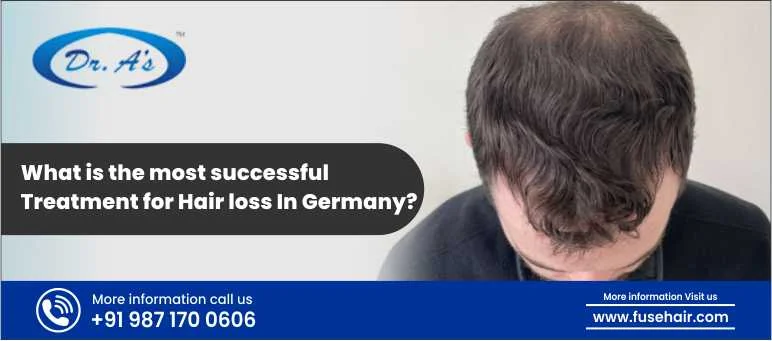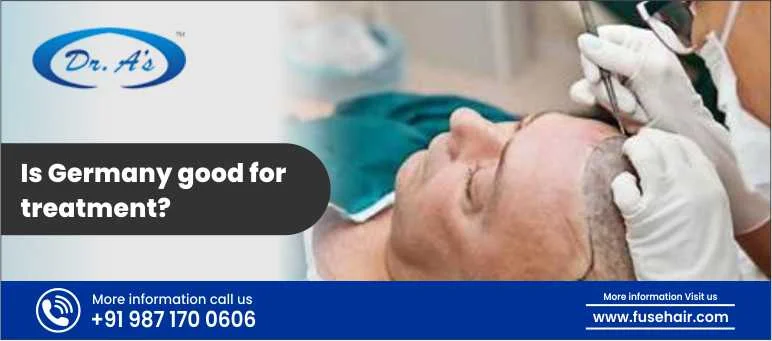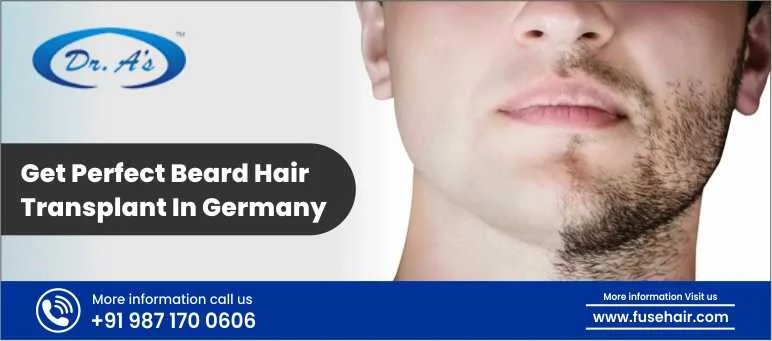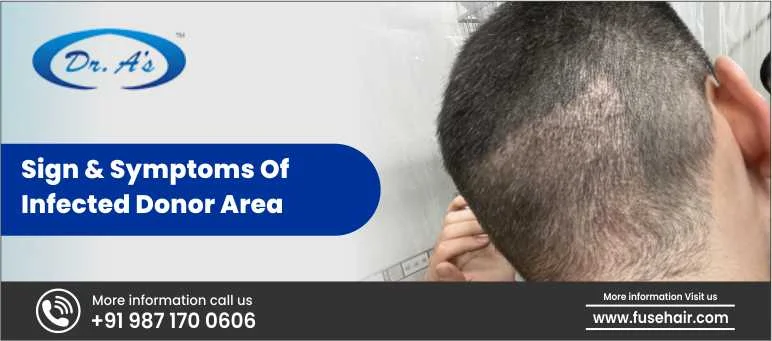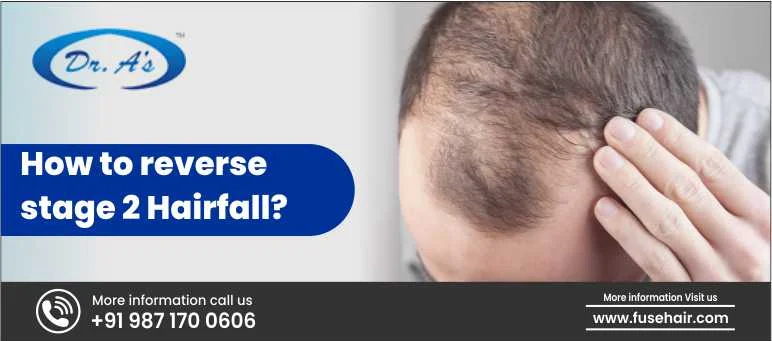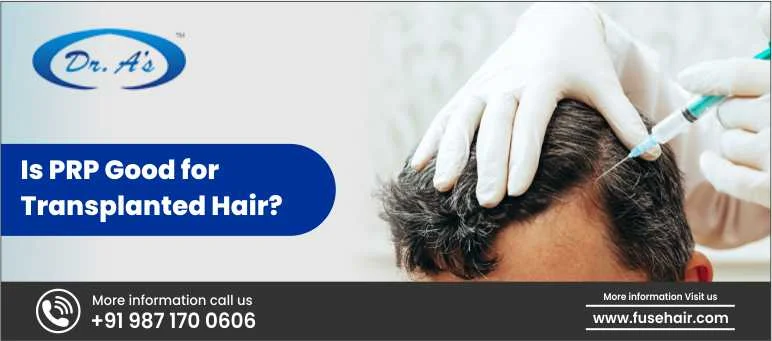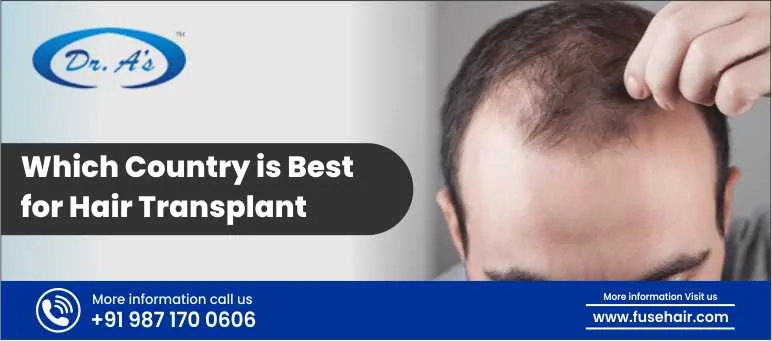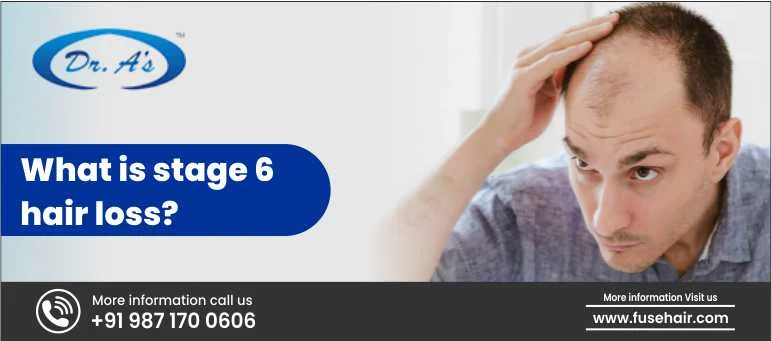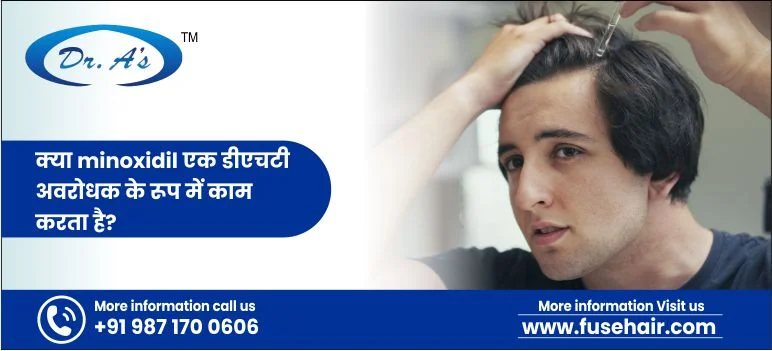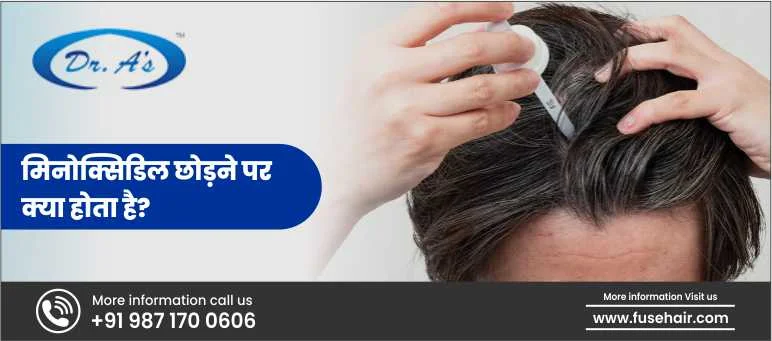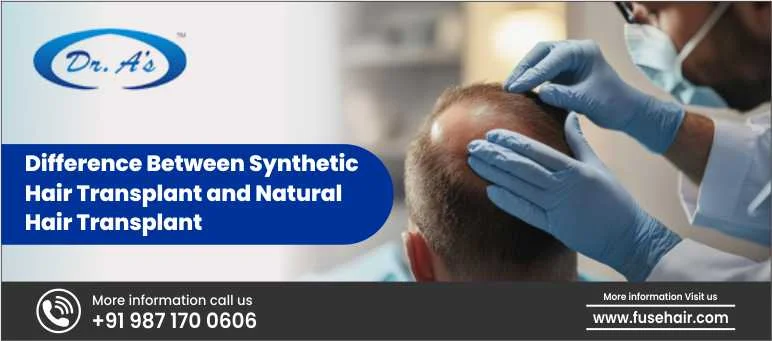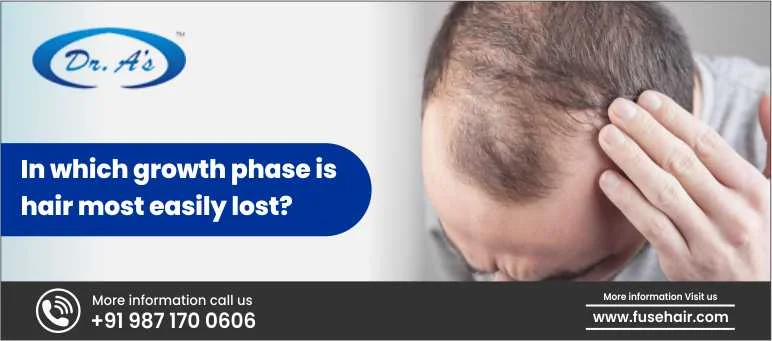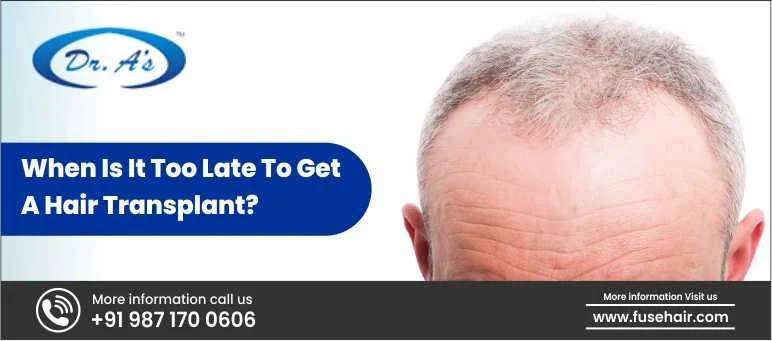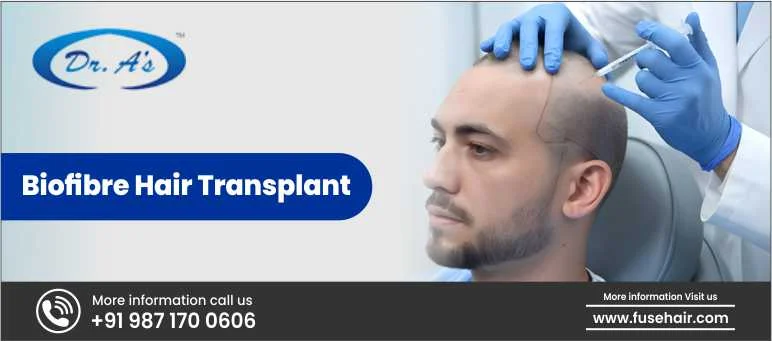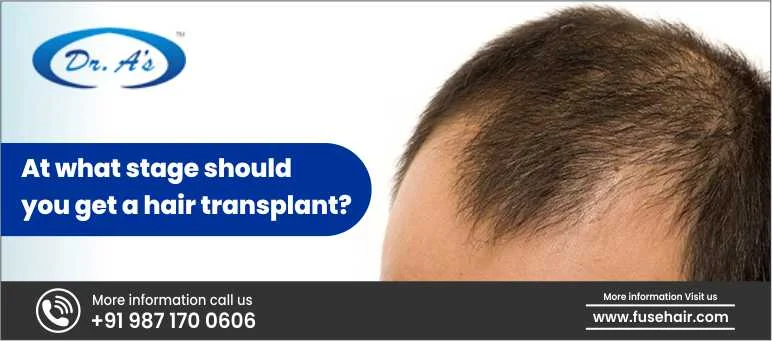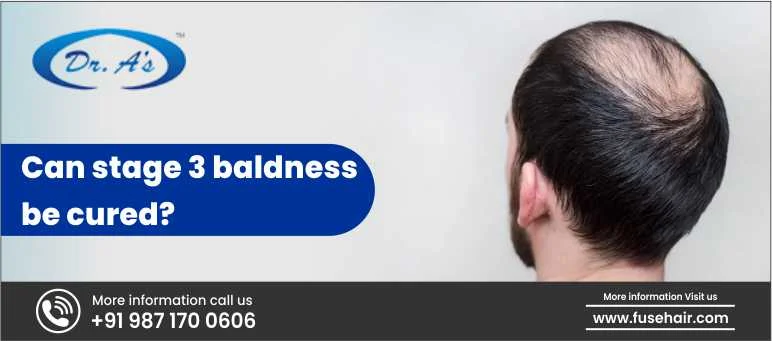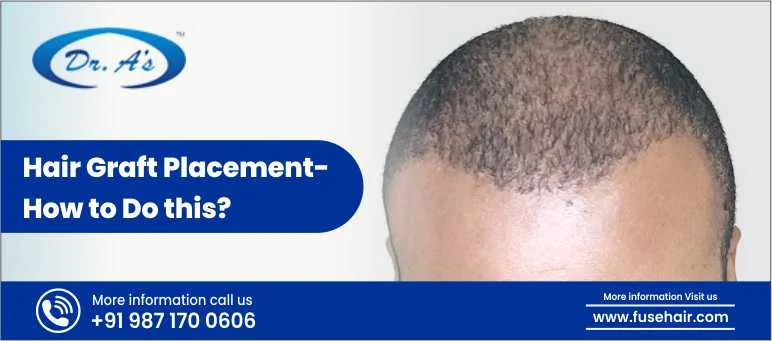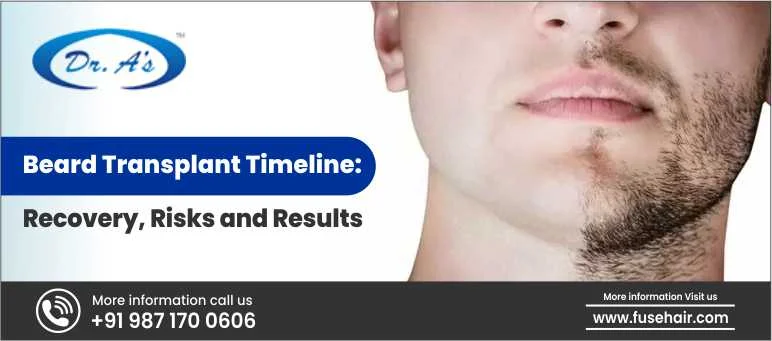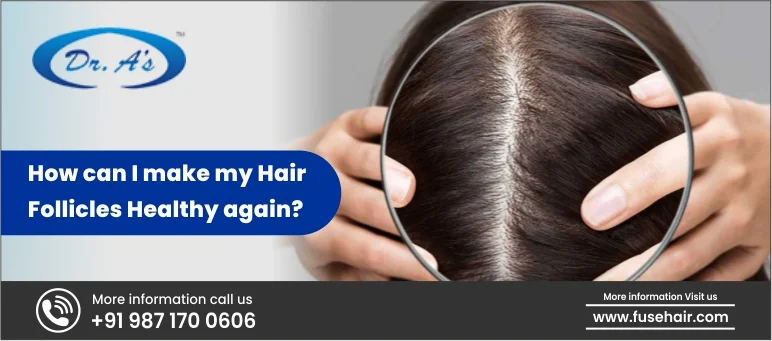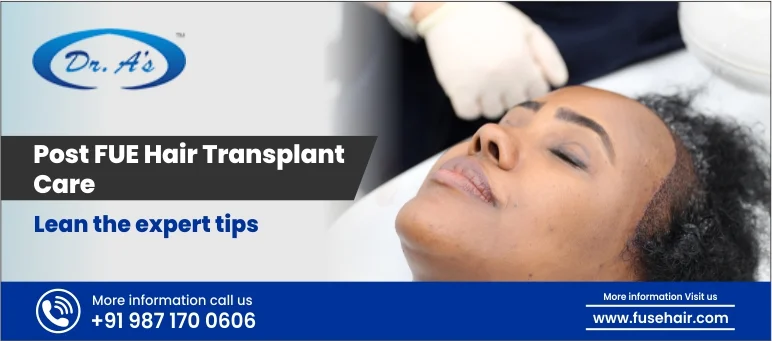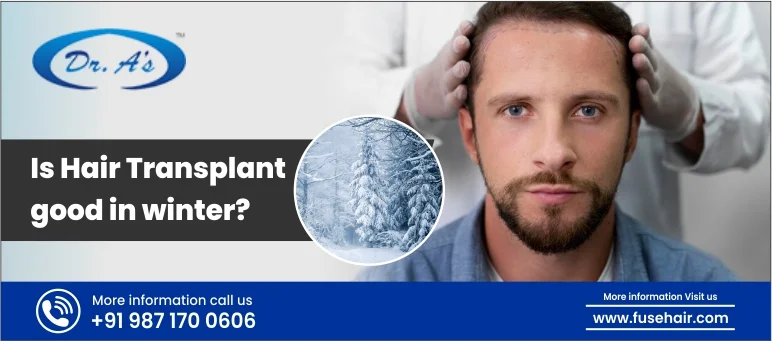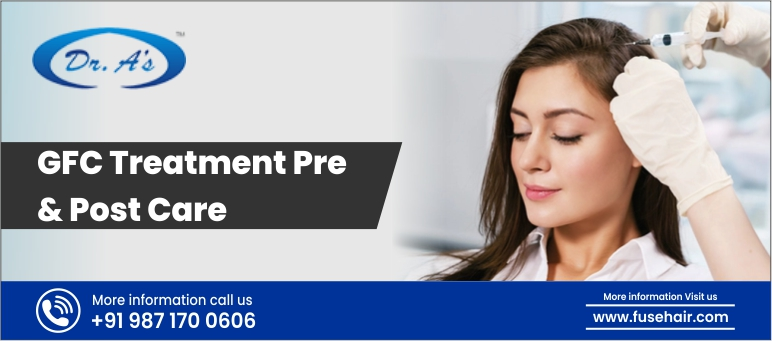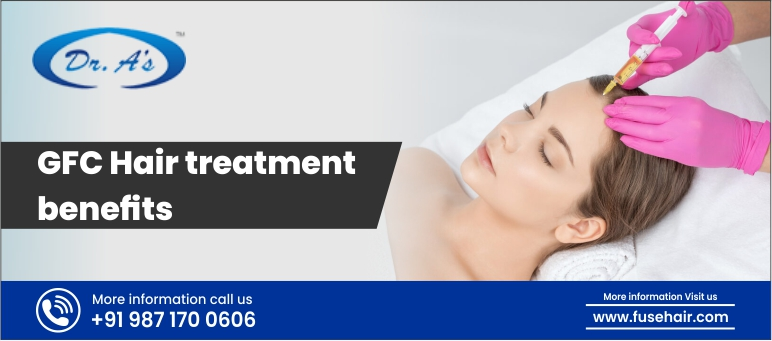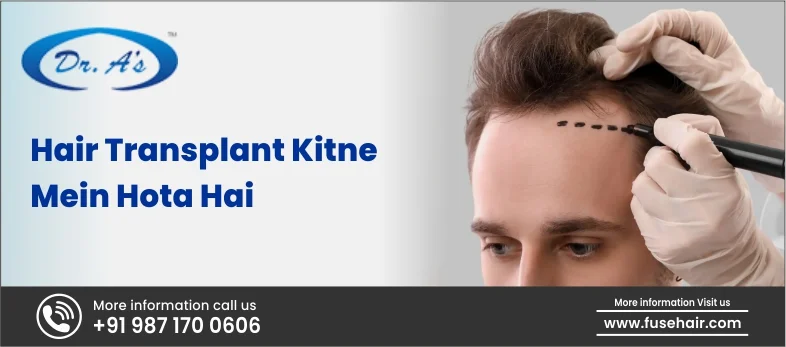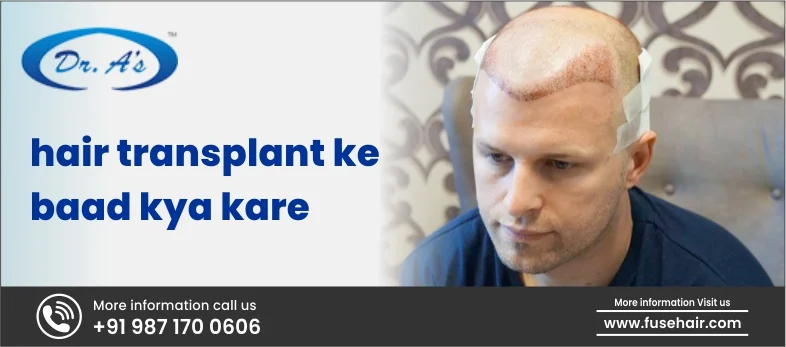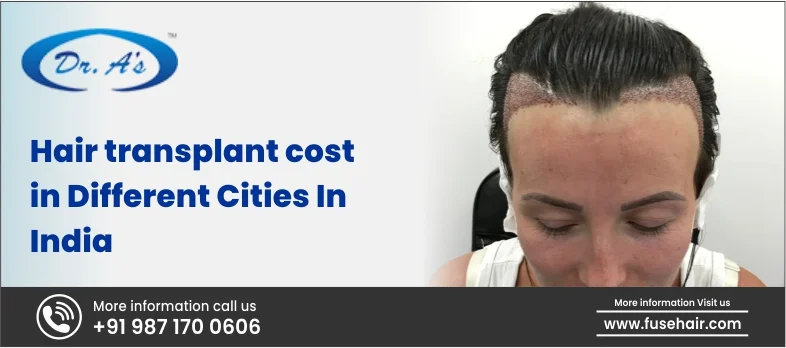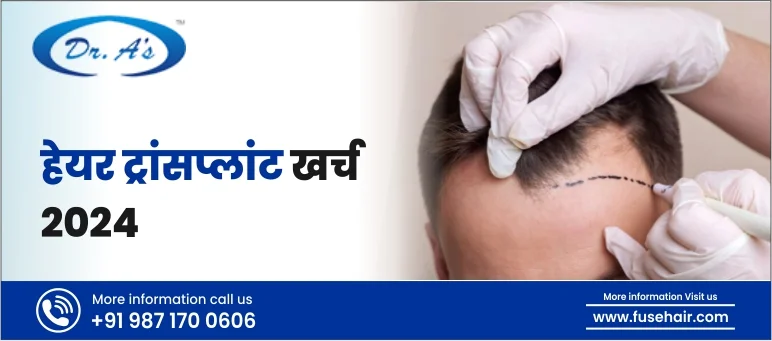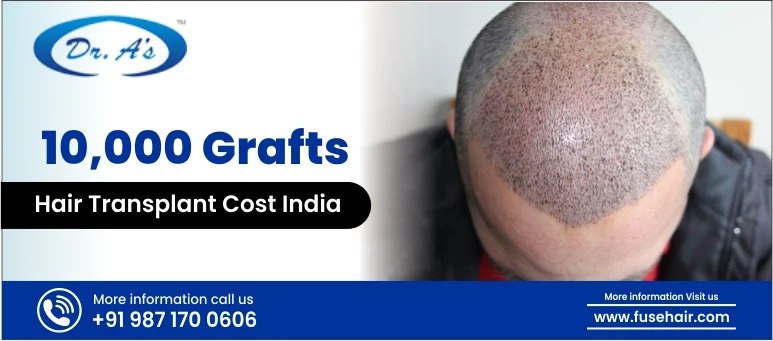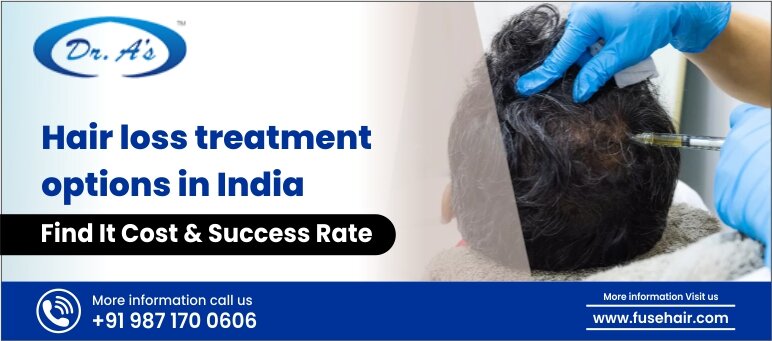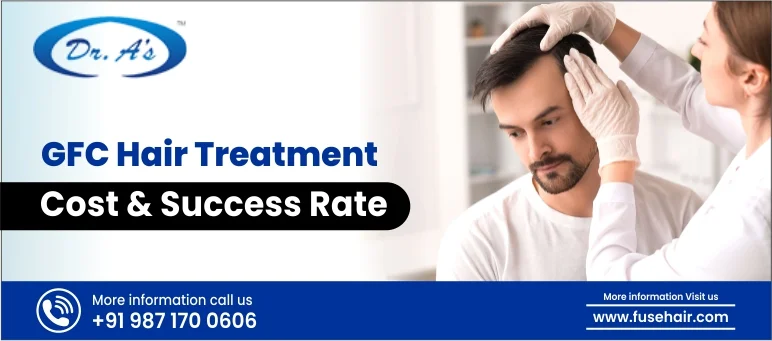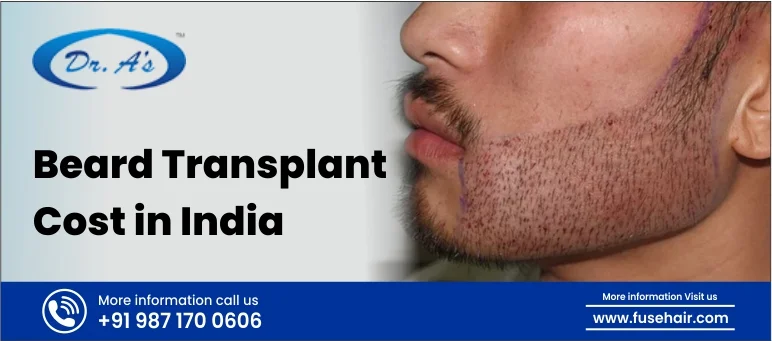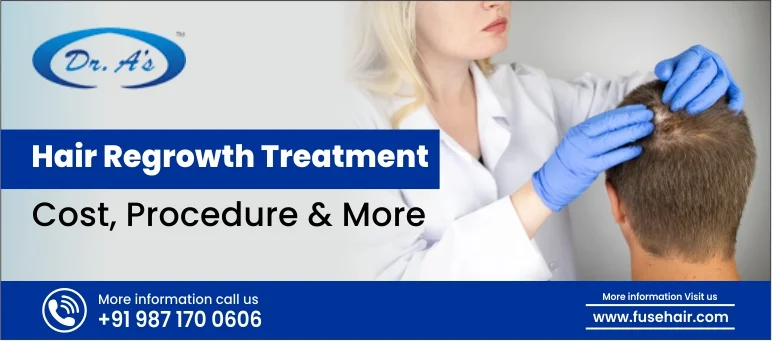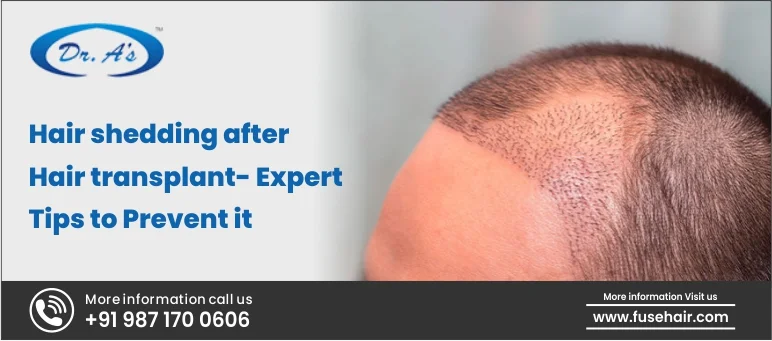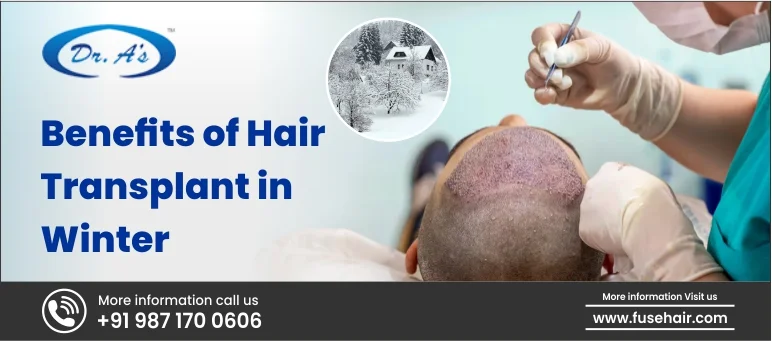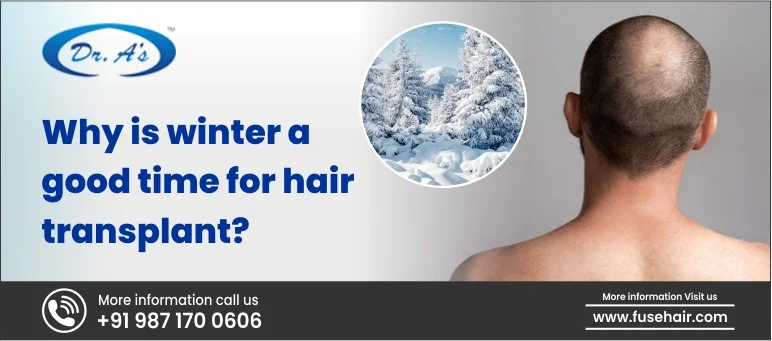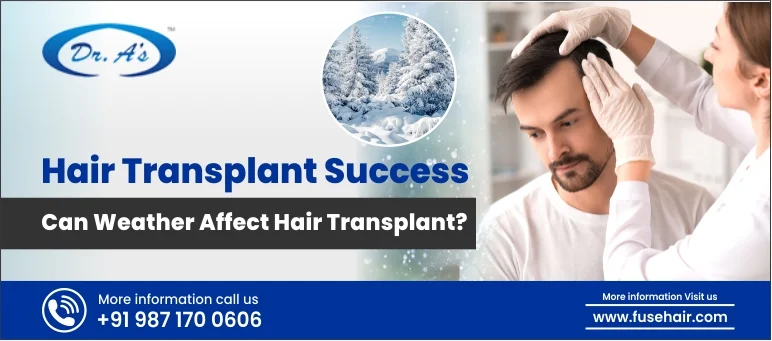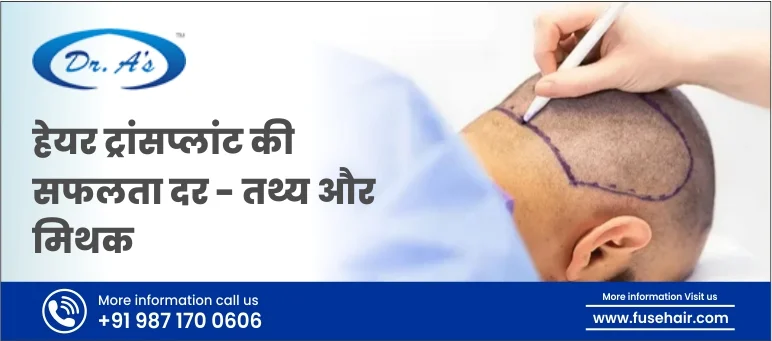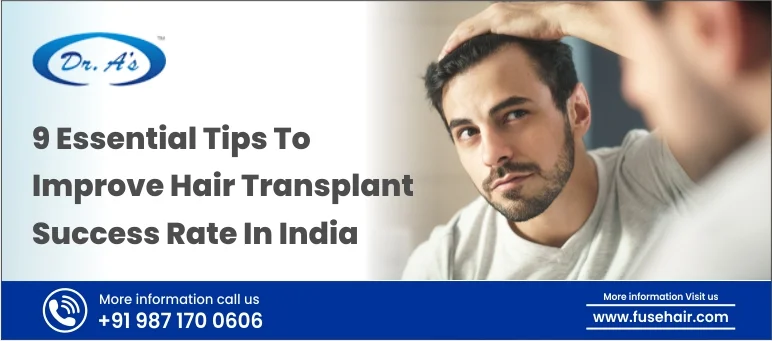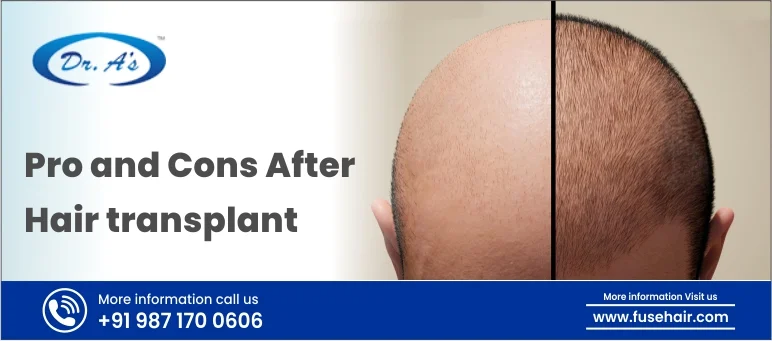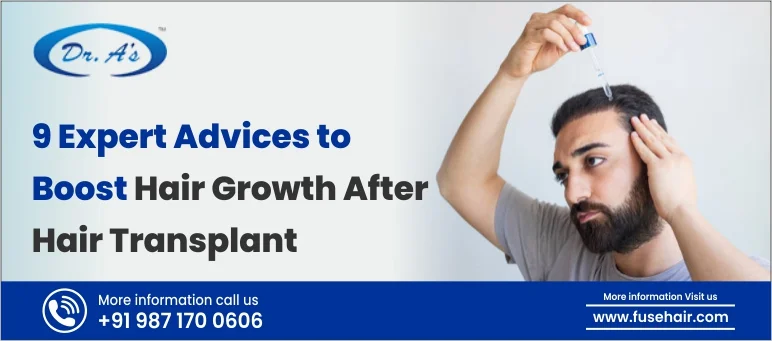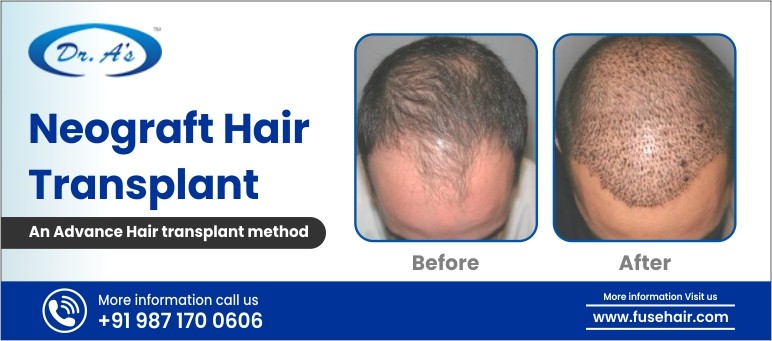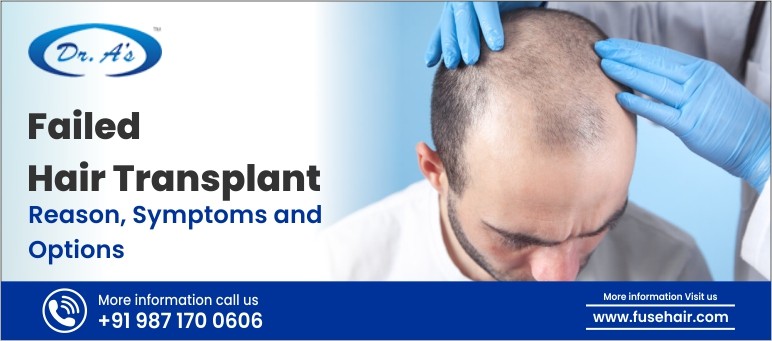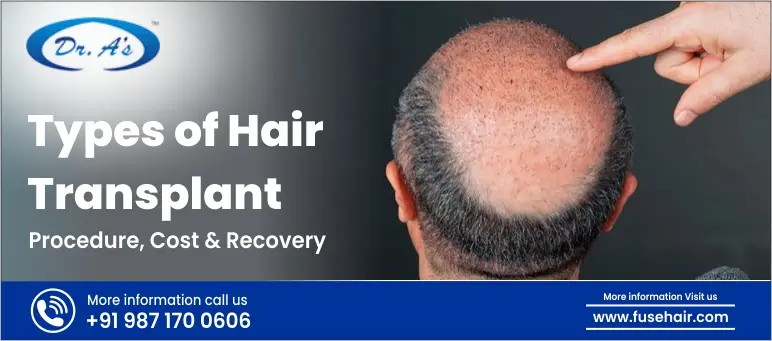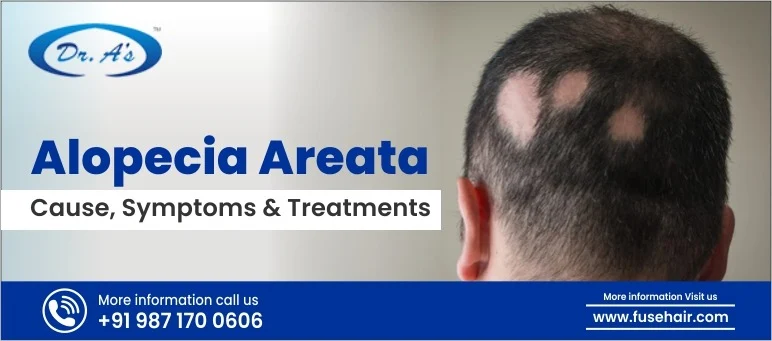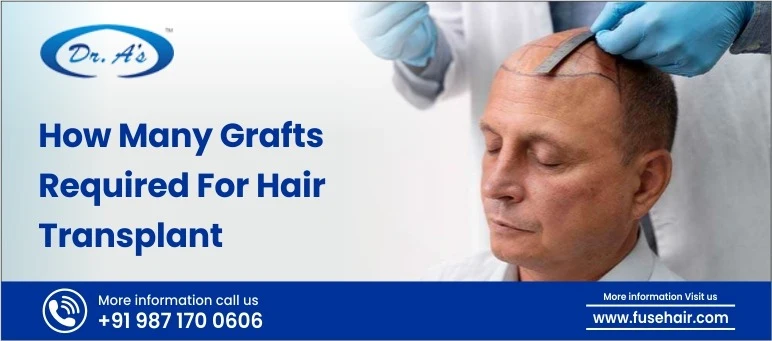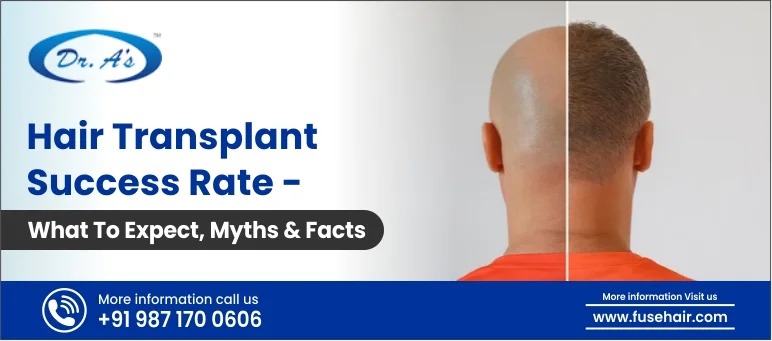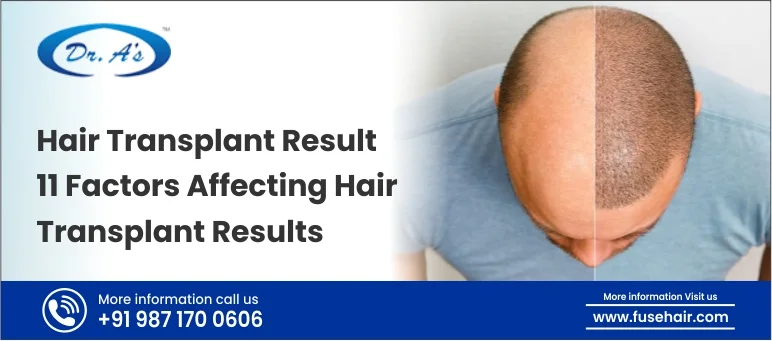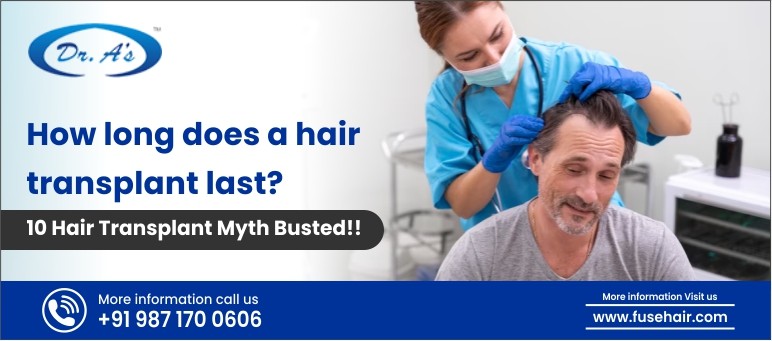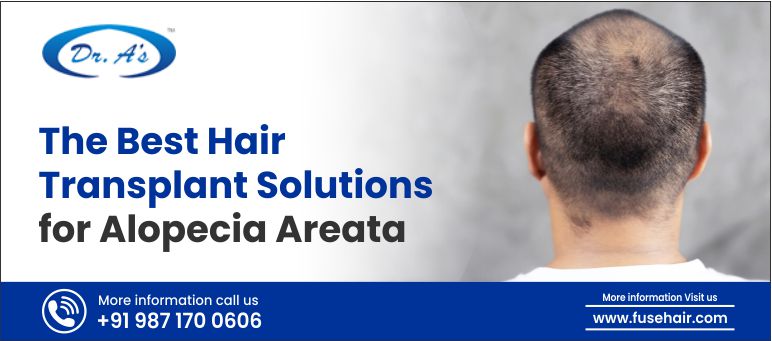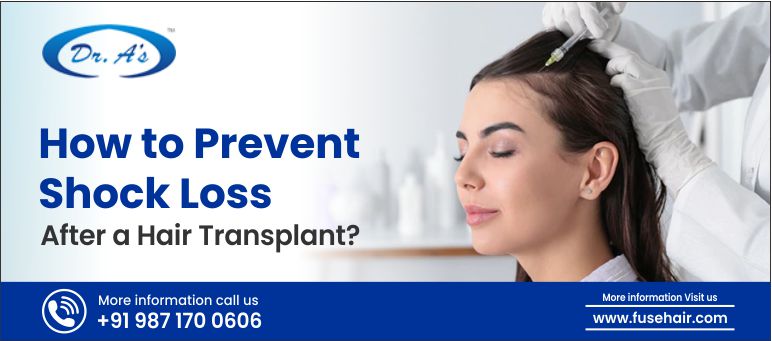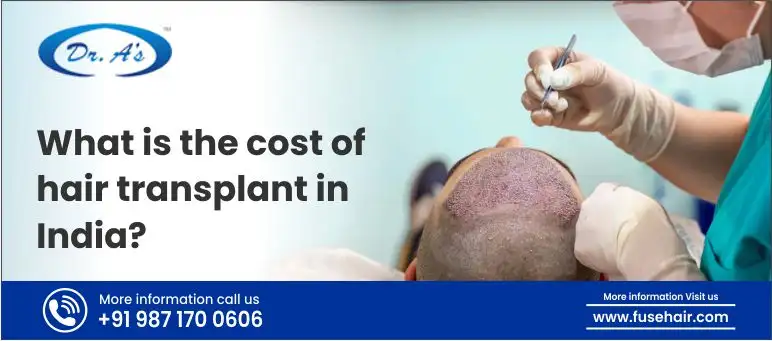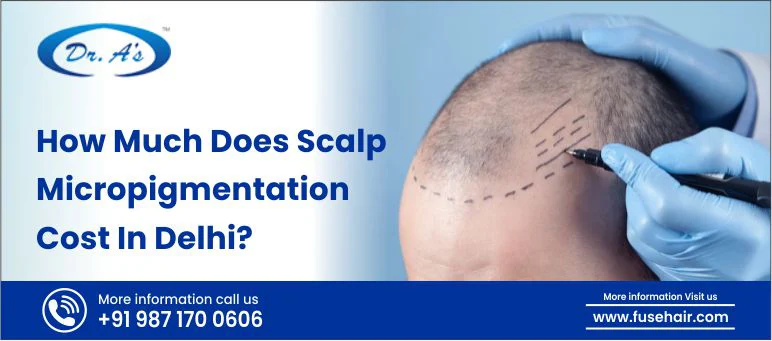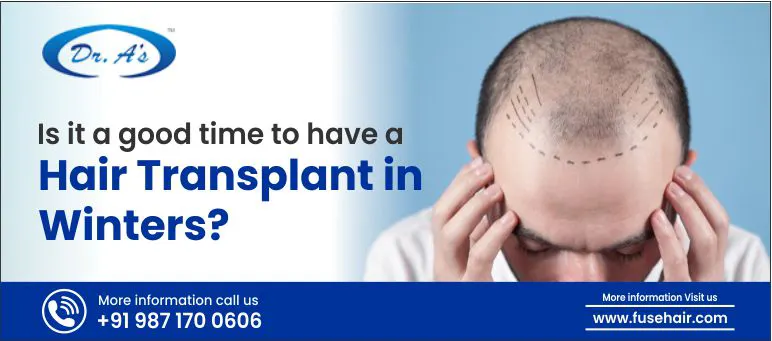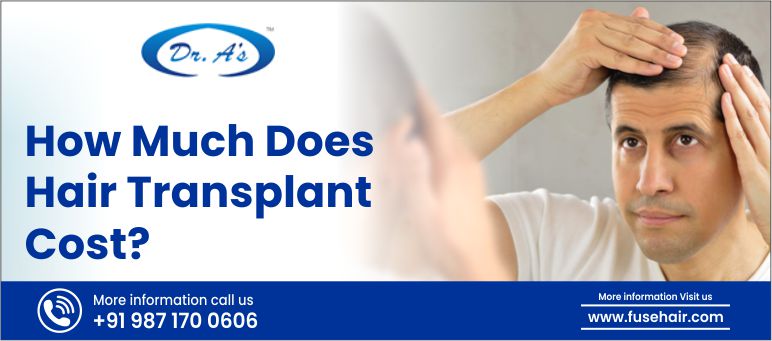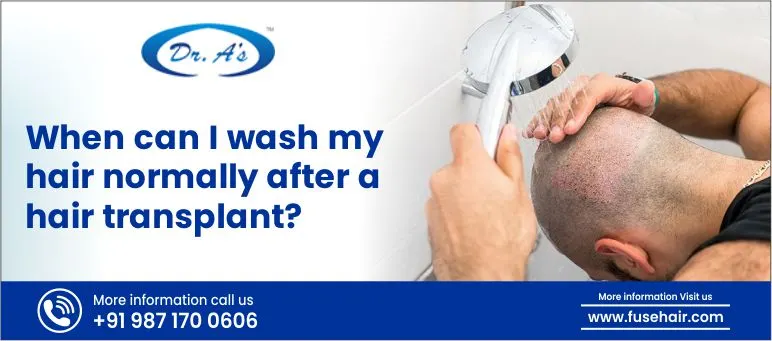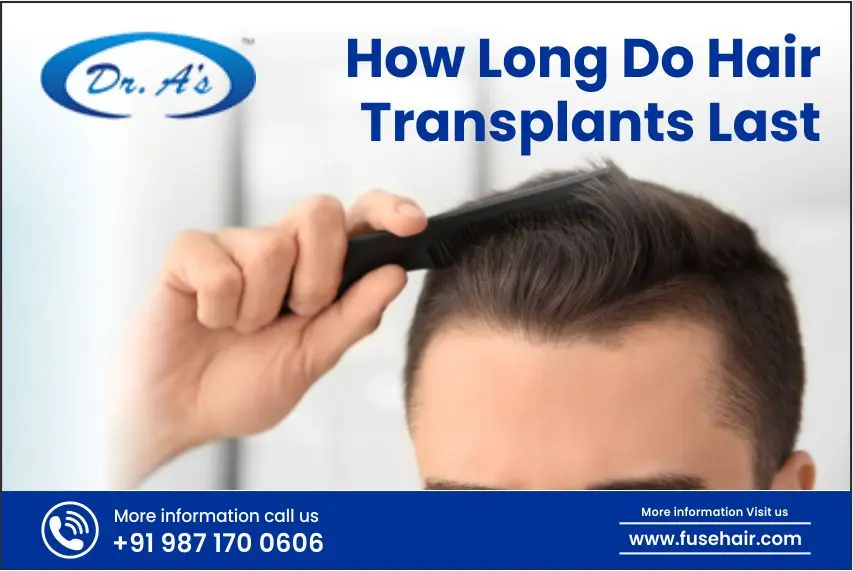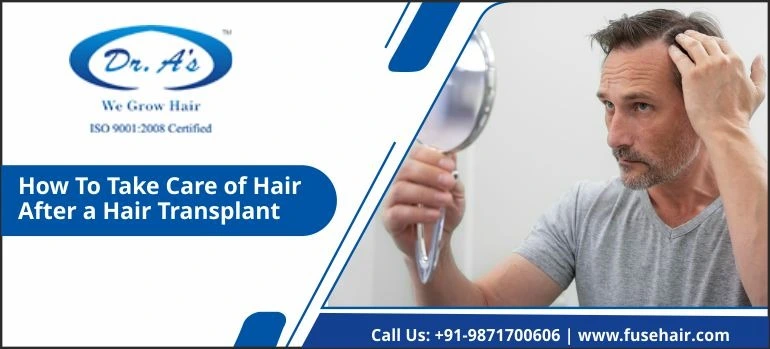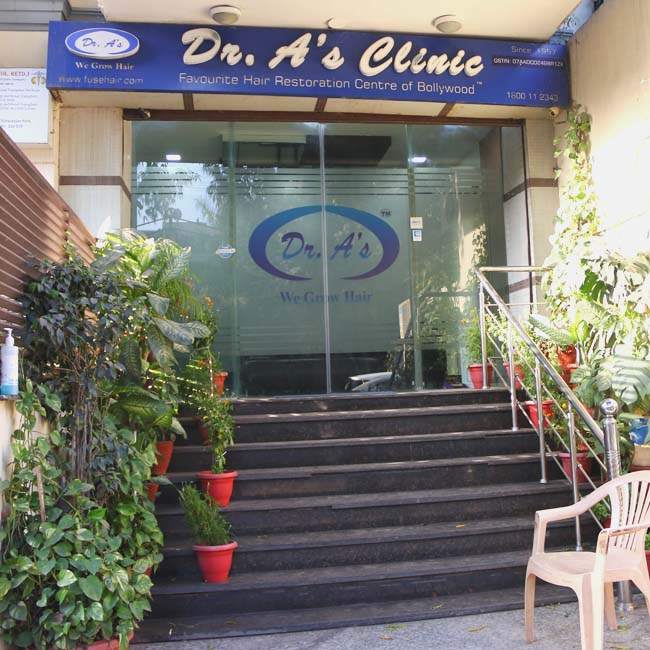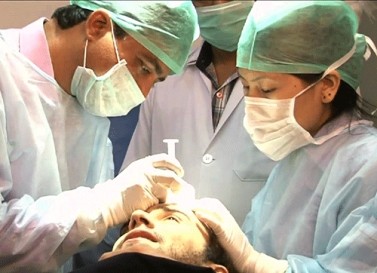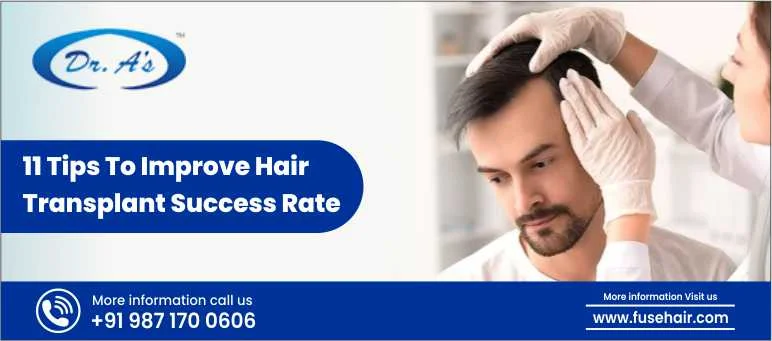
Achieving a high hair transplant success rate depends on several factors beyond the procedure. Proper pre-transplant preparation, post-operative care, and patience during recovery all play a crucial role in ensuring firm graft survival and natural hair growth. Choosing the appropriate technique, following medical guidelines, and making necessary lifestyle adjustments can significantly improve outcomes. Factors such as scalp health, avoiding strenuous activities, and maintaining a nutrient-rich diet contribute to healing. At Dr. A’s Clinic, Dr. Arvind Poswal helps individuals restore their hair with advanced techniques like FUSE (Follicular Unit Separation Extraction), ensuring successful results.
In this blog, we’ll explore the essential steps to maximize the success of your hair transplant and achieve lasting growth.
Understanding Hair Transplant Success
The success of a hair transplant depends on several key factors, including the technique used, the surgeon’s expertise, and how well the patient follows post-procedure care. While modern advancements have significantly improved outcomes, the overall success rate varies depending on individual factors such as scalp condition, hair type, and adherence to recovery guidelines.
On average, the FUE hair transplant success rate ranges between 90-95%, provided that the procedure is performed by an experienced specialist and the patient maintains proper aftercare. The survival rate of transplanted grafts plays a crucial role in determining the final results, making it essential to follow recommended medical advice for optimal growth.
A successful hair transplant is about restoring hair density and achieving a natural appearance with healthy, long-lasting results. The FUE (Follicular Unit Extraction) method, widely recognized for its minimal scarring and faster recovery time, is preferred by many patients seeking effective hair restoration.
However, factors like proper scalp preparation, avoiding excessive sweating, and using surgeon-recommended hair products contribute to maintaining a high FUE hair transplant success rate. By understanding these critical aspects, individuals can make informed decisions and take the necessary steps to ensure a smooth and successful hair transplant journey.
11 Proven Ways to Boost Hair Transplant Success
A successful hair transplant depends on multiple factors, including proper pre-procedure care, post-operative recovery, and patience during healing. These essential steps can maximize your hair transplant success rate and achieve natural, long-lasting results.
Here are some practical guidelines offered by our reputed hair transplant surgeon, Dr. Arvind Poswal, to boost your graft survival rate and ensure that the newly transplanted hair grows healthily and uniformly. Following his expert advice and a disciplined approach will significantly enhance the overall outcome of your transplant.
-
Ensure Your Scalp is Clean and Free from Infections
A healthy scalp creates the ideal environment for graft survival. Before the procedure, wash your hair with a mild shampoo and avoid using harsh chemicals or excessive styling products. If you have dandruff, excess oil, or any scalp condition, consult your hair transplant surgeon for treatment beforehand.
Keeping the scalp free from infections reduces the risk of complications post-surgery. A clean, hydrated scalp allows the hair follicles to adapt more efficiently, leading to stronger and healthier hair growth. Regular scalp massages with doctor-approved oils can also improve blood circulation, promoting faster healing.
-
Opt for the Right Hair Transplant Method
Selecting the most suitable hair transplant method is essential for achieving the best results. FUE (Follicular Unit Extraction) provides minimal scarring and faster recovery, while FUT (Follicular Unit Transplantation) is ideal for those requiring more grafts. Additionally, FUSE (Follicular Unit Separation Extraction) combines the benefits of both techniques, offering a stitch-free approach with precise graft placement for natural-looking results.
Regenerative treatments like Regenera Activa, which uses autologous cell therapy to stimulate hair regrowth, have also shown promising outcomes. Studies indicate that the Regenera Activa success rate is high when combined with a well-executed hair transplant, improving follicle survival and hair density. Dr. Arvind Poswal, the founder of Dr A’s Clinic, specializes in all types of hair transplant techniques, including FUE (Follicular Unit Extraction), FUT (Follicular Unit Transplantation), and FUSE (Follicular Unit Separation Extraction), to deliver safe and effective results.
-
Follow Pre-Transplant Guidelines Strictly
Proper preparation before surgery can improve graft survival. Avoid smoking, alcohol, and blood-thinning medications for at least two weeks before the procedure. A nutrient-rich diet, rich in biotin and iron, can strengthen hair follicles.
Staying well-hydrated and following your hair transplant surgeon’s recommendations will help optimize your scalp’s condition for the best results. Skipping pre-procedure guidelines can weaken the follicles, reducing the overall success rate of your transplant. Ensuring your body is in optimal condition will help the newly transplanted follicles adapt and grow more effectively.
-
Follow Post-Transplant Care Instructions Diligently
After the procedure, following your surgeon’s guidelines is crucial to protect the newly implanted grafts. Avoid washing your hair for the first few days; use only surgeon-approved shampoos. Take prescribed medications to prevent infections and reduce swelling.
Proper aftercare ensures that grafts remain intact and heal successfully. Failure to follow post-care instructions can lead to poor graft survival and uneven hair growth. Keeping your scalp clean and avoiding unnecessary strain will allow the newly implanted follicles to thrive.
-
Avoid Strenuous Activities and Excessive Sweating
Heavy exercise and activities that cause sweating should be avoided for at least two to three weeks post-surgery. Excessive sweating can increase the risk of infection and disrupt the healing process. If you must be outdoors, stay in cool environments and avoid direct sun exposure to protect your scalp from irritation. Excessive physical exertion can also cause dislodgement of the grafts, impacting their survival rate. Giving your body enough time to heal ensures a smooth transition from the procedure to full hair growth.
-
Sleep in an Elevated Position
Sleeping with your head elevated at a 45-degree angle for the first week helps reduce swelling and prevents unnecessary pressure on the grafts. Use extra pillows or a recliner to keep your head above heart level. This minor adjustment speeds up recovery and minimizes discomfort during the healing phase. Improper sleeping posture can lead to irritation and displacement of the newly transplanted grafts. Ensuring a safe sleeping environment will accelerate healing and improve overall results.
-
Stay Hydrated & Eat a Nutrient-Rich Diet
A well-balanced diet plays a crucial role in hair growth and recovery. Drink plenty of water and consume protein-rich foods, omega-3 fatty acids, vitamins A, C, and E, and biotin. Avoid junk food and excessive caffeine, as they can interfere with healing. Proper nutrition supports new hair growth and strengthens the transplanted follicles. A strong immune system helps in faster recovery and ensures that your body provides essential nutrients to the grafts. Making diet adjustments a long-term habit can also promote stronger natural hair over time.
-
Avoid Touching or Scratching the Transplanted Area
Itching is common after a hair transplant, but scratching or touching the scalp can damage newly implanted grafts. Instead of scratching, use a mild, prescribed moisturizer or cooling spray if recommended by your hair transplant surgeon. Damaging the grafts early on can lead to uneven results, so be patient and allow them to settle naturally. Even mild rubbing can dislodge grafts, causing uneven hair growth in the long run. Keeping hands away from the scalp during critical healing is essential for achieving a complete and uniform result.
-
Use Only Mild, Recommended Hair Care Products
Harsh shampoos and chemical-laden hair products can irritate the scalp and slow healing. Only use doctor-approved, sulfate-free shampoos and conditioners. Using the wrong products can lead to scalp dryness and hinder the growth of new follicles. Choosing gentle, nourishing hair products will help maintain a healthy environment for new hair to thrive. At Dr. A’s Clinic, we offer comprehensive post-transplant hair care guidance, supporting your recovery phase and promoting sustained hair growth.
-
Be Patient – Hair Growth Takes Time
Hair growth after a transplant follows a natural cycle, and patience is key to achieving the best results. In the first few weeks, it’s normal to experience shedding of the transplanted hair, which is part of the healing process. New hair growth typically begins around three to four months post-transplant, with full results visible between eight to twelve months.
The success rate can vary based on individual factors, but studies show that the female hair transplant success rate is comparable to male transplants when performed by an experienced surgeon. Women with conditions like traction alopecia or diffuse thinning can achieve excellent results by following proper post-transplant care and maintaining a healthy lifestyle. Understanding the timeline and being consistent with aftercare ensures optimal hair growth and long-lasting results.
-
Schedule Regular Follow-Ups with Your Hair Transplant Surgeon
Follow-up appointments are essential to monitor progress and address any concerns. Your hair transplant surgeon can check for proper graft survival, recommend additional treatments if necessary, and guide you through the healing process. Regular check-ins ensure you achieve the best possible outcome from your hair transplant. Early detection of any issues ensures that corrective measures can be taken immediately, preventing complications. These check-ups also provide an opportunity to receive personalized advice for maintaining strong and healthy hair.
At Dr. A’s Clinic, Dr. Arvind Poswal and his team conduct regular follow-up sessions to track your recovery and ensure optimal hair growth. These check-ups also offer an opportunity to receive expert guidance on maintaining strong, healthy hair for long-lasting results.
Conclusion
Achieving a high hair transplant success rate requires proper planning, skilled execution, and diligent post-transplant care. Factors such as selecting the appropriate technique, maintaining a healthy scalp, and adhering to medical guidelines are crucial in ensuring optimal results. Patience is essential, as new hair growth follows a natural cycle and takes several months to develop fully.
With over 20 years of experience, Dr Arvind Poswal has successfully treated numerous patients, helping them regain natural hair density and confidence. His expertise helps maximize graft survival and promote healthy hair growth. By following the above-mentioned 11 tips, as suggested by Dr. Poswal, individuals can improve their final transplant outcomes, speed up recovery, and achieve long-lasting, natural hair growth.

